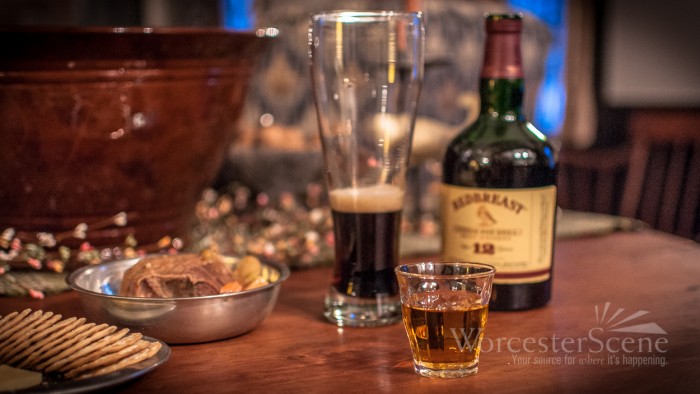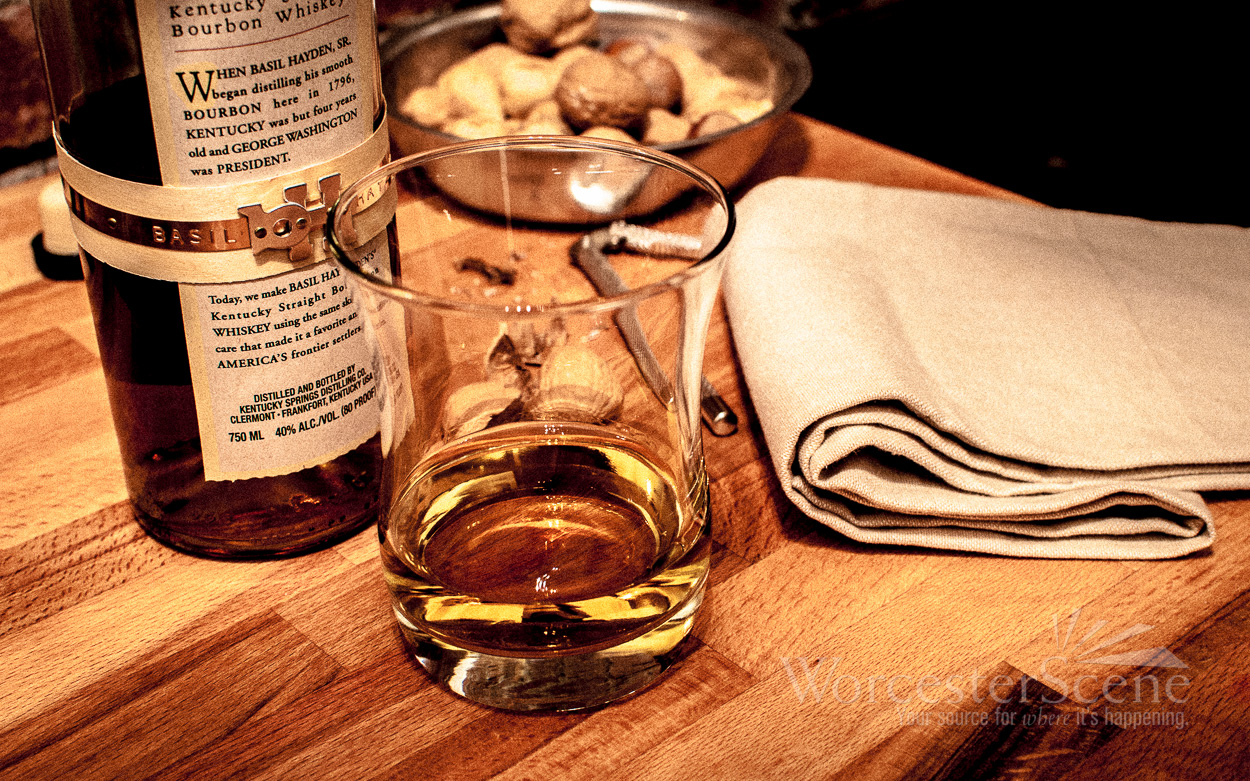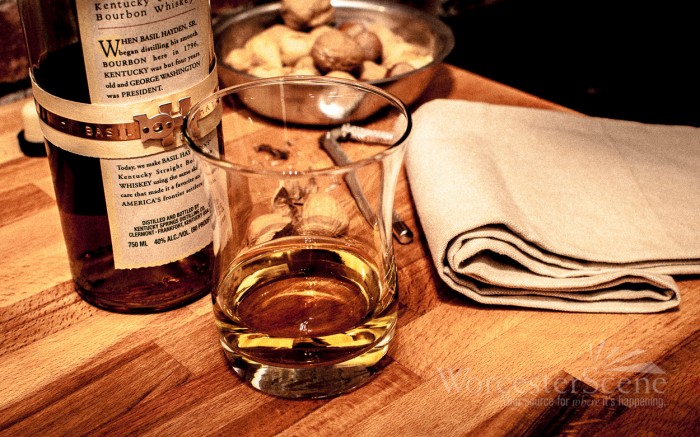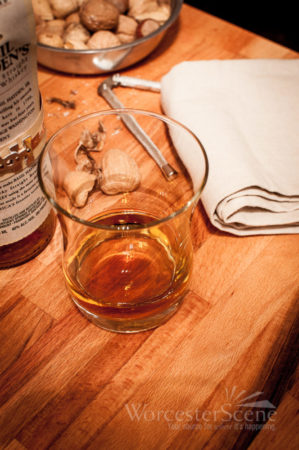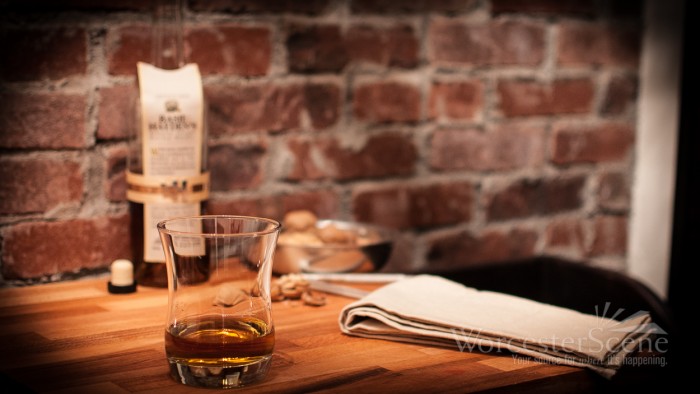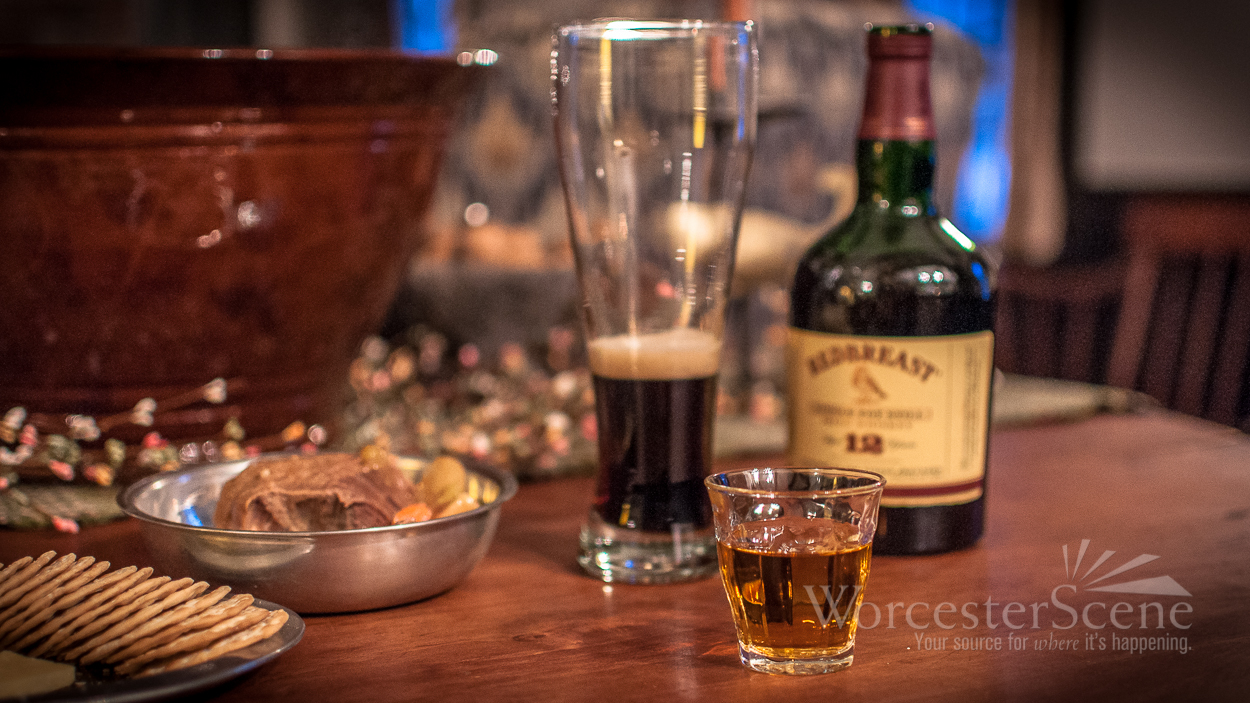
Erin go bragh – It’s a popular phrase that is peppered about on St. Patrick’s Day across many a banner, makeshift sign, or uttered by the occasional parade watcher. Loosely translated in English, the phrase means ‘Ireland Forever’ and is a great source of national pride for many Irish folks. The same can be said about their whiskey. In fact, not only are most whiskeys a loose translation of the original Irish whiskey, they are also a great source of national pride for the Emerald Isle.
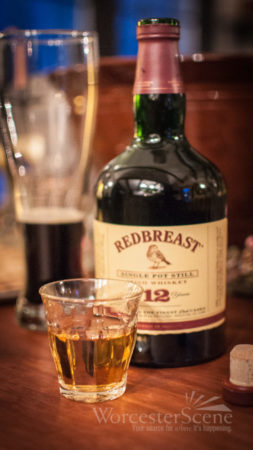 Irish whiskey was being produced as far back as over 1,000 years ago. Irish monks, after travelling to the Far East and identifying distillation methods, decided to bring a still back to the homeland, where they began perfecting the process. The more interesting part to this story is the fact that the people in the Far East were using distillation for perfumes. However, the Irish Monks, being the savvy businessmen that they were, decided they wanted to distill libations instead. Today, four main distilleries remain in operation producing over 60 variations for current public consumption. There are other distilleries in operation, however, they haven’t been around long enough for their product to reach maturation.
Irish whiskey was being produced as far back as over 1,000 years ago. Irish monks, after travelling to the Far East and identifying distillation methods, decided to bring a still back to the homeland, where they began perfecting the process. The more interesting part to this story is the fact that the people in the Far East were using distillation for perfumes. However, the Irish Monks, being the savvy businessmen that they were, decided they wanted to distill libations instead. Today, four main distilleries remain in operation producing over 60 variations for current public consumption. There are other distilleries in operation, however, they haven’t been around long enough for their product to reach maturation.
Some of the whiskeys being produced are more commonly known brands such as Jameson’s or Bushmills. However, the distilleries are also producing some finer and more expensive Irish whiskeys, such as Red Breast, which is distilled in a single copper pot still and aged for 12 years. While usually relegated for the beer and shot combo, Jameson’s is also getting into the aging game by releasing some reserve editions, which have been aged for 12 years.
So what makes Irish whiskey different from its counterparts around the world? Well, one obvious distinction is that it is produced in the country of Ireland. But aside from that, one of the defining characteristics of Irish whiskey is that the whiskey is aged in used bourbon or sherry casks. Why is this important? In short, the more times a barrel is used, the smoother the characteristics are that it may impart into the liquid it is holding. If new barrels were being used, the wood characteristics would be much sharper and more defined. For example, some classifications of whiskey (bourbon and rye) require the use of new, charred American oak barrels. This imparts some distinct depth, flavor, and tones to the liquid. Irish whiskey distilleries, on the other hand, feel that by using casks that have already been through the process, they are imparting smoother characteristics to their product, thereby making it more approachable. Add to this the fact that many Irish whiskeys are the result of blending several single malt whiskeys together, and you have yourself a naturally smooth, drinkable whiskey.
When you’re out celebrating St. Patrick’s Day this month, savor a glass of Irish whiskey and remember the legacy behind it. There is far too much heritage in that glass to be taken only as a shot. Enjoy a glass on the rocks or by itself, neat, and as the saying goes, “If you’re lucky enough to be Irish… You’re lucky enough!”
Irish Hot Toddy
- 2 oz Irish Whiskey
- Pour whiskey in glass and top with piping hot water
- Add a squeeze of lemon
Irish Coffee
- 2 oz Irish Whiskey
- .5 oz coffee liquer
- Dash or two of bitters
- Top with whipped cream

